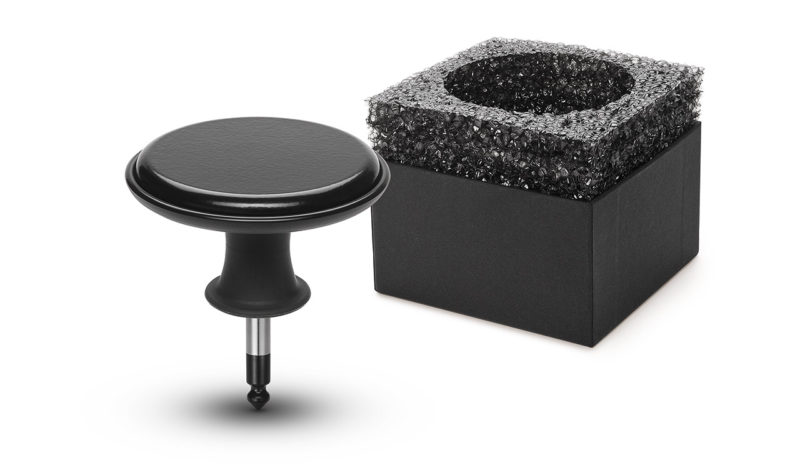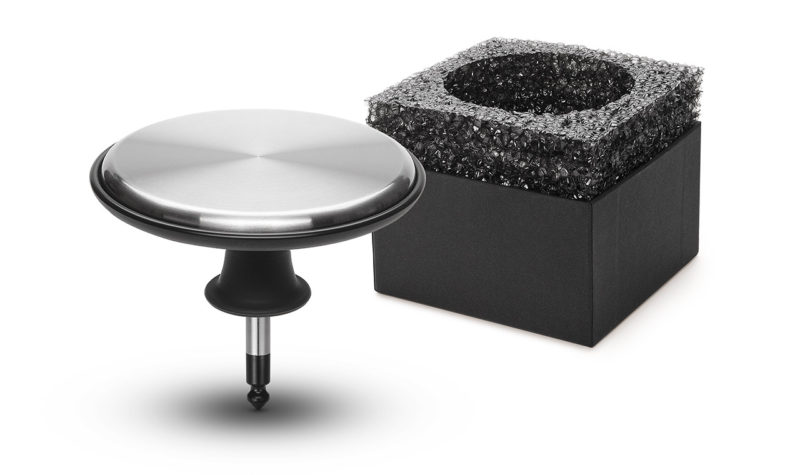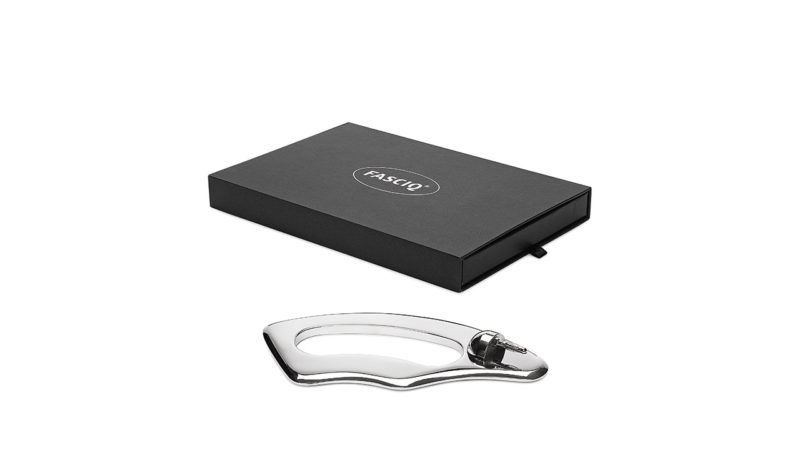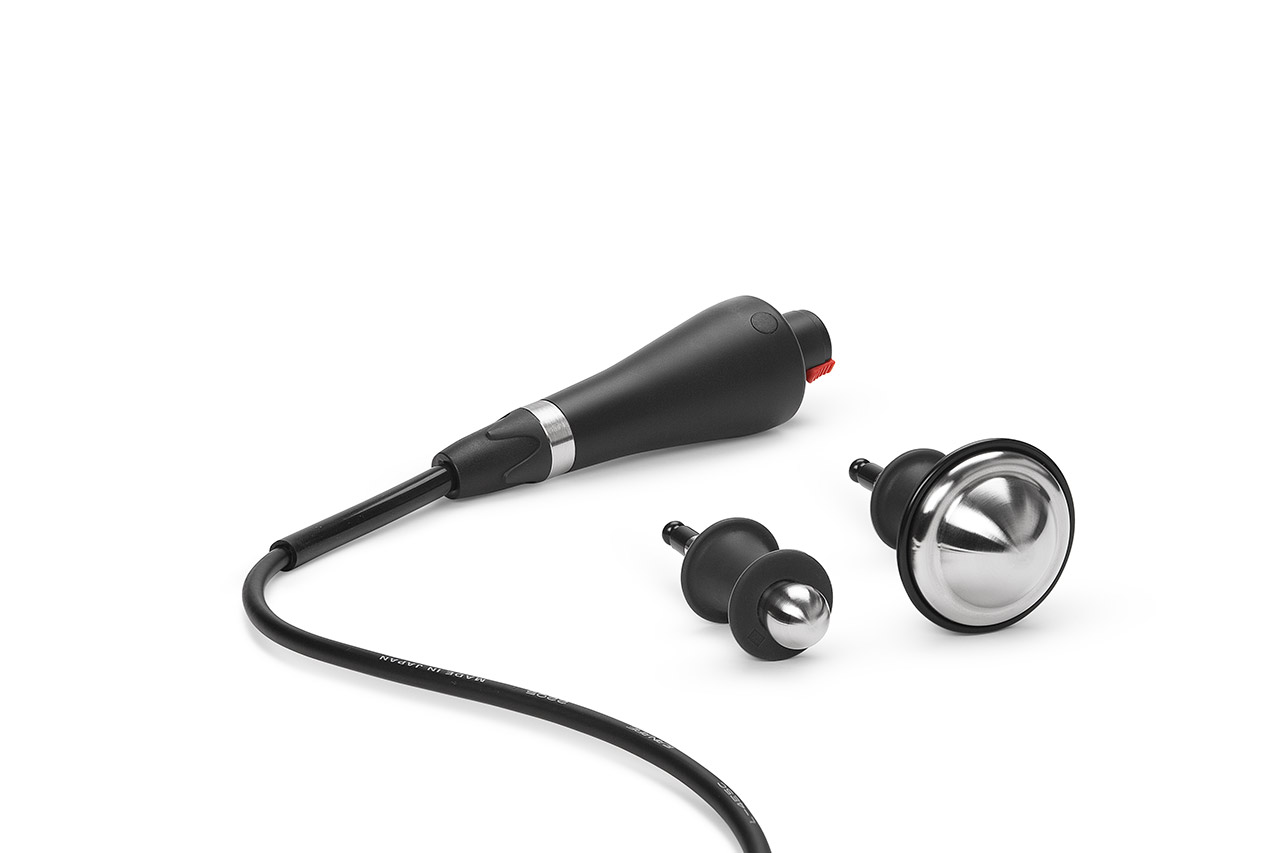Tecaris – characteristics of operation modes
What operation modes does the Tecaris have?
The Tecaris radiofrequency current therapy device allows the therapist to work in two modes: capacitive (CAP) and resistive (RES). How do these modes affect the patient's tissues and body?
| Properties | Capacitive mode | Resistive mode |
|---|---|---|
| Active electrode | Covered with insulating material | Made of stainless steel |
| Thermal action | The heat is generated in the superficial tissues | The heat is generated in the deeper tissue layers, with no effect in the superficial tissues |
| Effects on tissues | Effects on tissues that contain a lot of water (electrolytes) and have good electrical conductivity (low resistance) - muscles, lymphatic system | Effects on tissues that contain little water and have worse electrical conductivity (high resistance) - bones, tendons, ligaments, cartilage |
| Effects on the body | Improvement of local fluid circulation, relaxation of tense muscles, acceleration of cell regeneration | Effect in disease states where tissue fibrosis or degeneration occurs |
Capacitive mode

When operating in capacitive mode, an active electrode covered with an insulator (dielectric) is used, which separates the metal part of the electrode from the skin forming one large capacitor.
In this situation, there is a capacitor formed by a capacitive electrode on one side and a resistive conductor formed by biological tissue and a metal passive electrode that closes the circuit on the other.
Most of the effects take place near the active electrode, i.e. just below the skin surface and in the deeper soft tissues, which have good conductivity due to their higher water (electrolyte) content.
These include:
- muscles
- lymphatic system
Treatments in capacitive mode are more specialized than in resistive mode and allow for easier control of the area treated. Depending on the level of energy emitted by the device in the treatment area, they can improve local fluid circulation, relax tense muscles or accelerate cell regeneration. These effects prepare the tissues for treatment in the resistive mode.
Resistive mode

In the resistive mode, the therapeutic effects occur in tissues with poorer electrical conductivity, with no side effects in superficial tissues. Because of this, treatments in this mode are better suited to conditions where there is tissue fibrosis or degeneration.
As a result of the delivery of energy to the tissues and the resistance they put up to its passage, heat is generated. The concentration of electrical charges, and thus the induction of the expected biological effect, occurs at the points of greatest current resistance, e.g. in bone tissue, which is located between the active electrode and the passive electrode.
The same effect will also occur in other tissues with high electrical resistance and low water content such as tendons, aponeuroses, ligaments and cartilage.

IASTM mode
The IASTM (Instrument Assisted Soft Tissue Mobilization) mode is a special type of resistance mode of the Tecaris unit. Working in IASTM mode allows for a combination of radiofrequency current therapy and instrument-assisted soft tissue therapy. A specially designed applicator is used for this purpose, which glides over the patient's skin. This form of therapy is used for soft tissue diagnosis and myofascial relaxation.
Tecar therapy - effects
When a rapidly changing electric field is applied to a biological system such as the human body, the following types of effects are produced:
- mechanical: microcirculation of fluids
- biological-chemical: dilatation of blood vessels
- thermal: increase in tissue temperature
TECAR therapy causes heating of deep tissues, increased deep and superficial blood circulation, dilation of blood vessels, elimination of excess fluid and increased cell proliferation.

